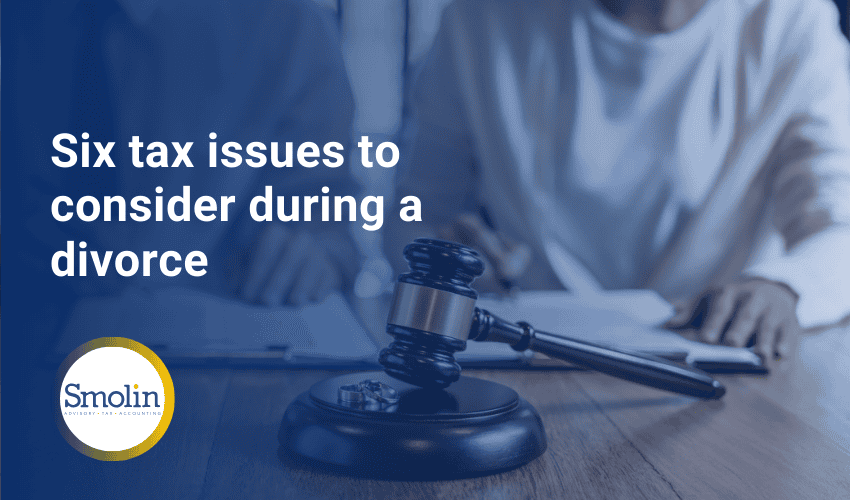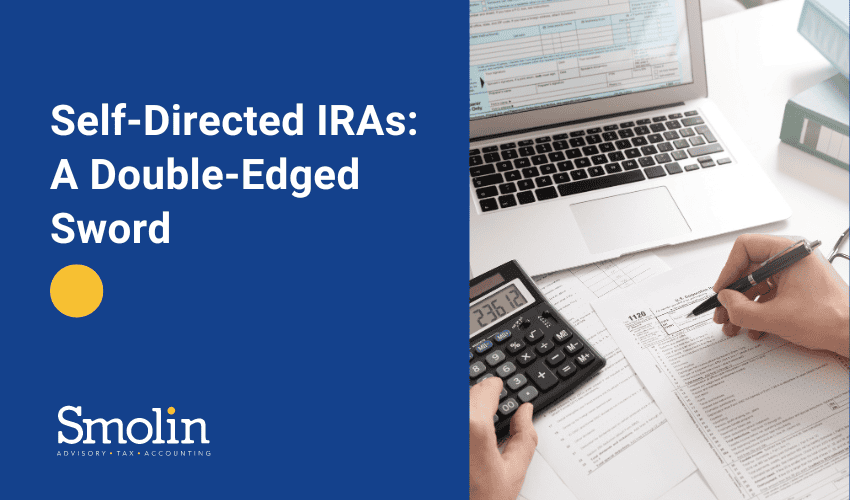Buying a business with co-owners or already sharing the reins? A buy-sell agreement isn’t just a smart move–it’s essential. It gives you a more flexible ownership stake, prevents unwanted changes in ownership, and avoids potential IRS complications.
The basics
There are two main types of buy-sell agreements: cross-purchase and redemption agreements (also known as liquidation agreements).
- Cross-purchase agreements. This contract between co-owners specifies what happens if one co-owner leaves due to a trigger event, like death or disability. In these cases, the remaining co-owners are required to purchase the departing owner’s interest in the business.
- Redemption agreements. This is a contract between the business and co-owners which outlines that if one co-owner leaves, the business itself buys their stake.
Triggering events
Co-owners work together to outline what triggering events to include in the buy-sell agreement. Common triggers like death, disability, or reaching retirement age are standard but you can also opt to include other scenarios like divorce.
Valuation and payment terms
Make sure your agreement includes a solid method for valuing ownership stakes. This could be a set price per share, an appraised fair market value, or a formula based on earnings or cash flow. It should also spell out how amounts will be paid out–whether a lump sum or installments–to withdrawing co-owners or their heirs upon a triggering event.
Using life insurance to fund the agreement
The death of a co-owner is a common triggering event, and life insurance is often used to fund buy-sell agreements.
In a basic cross-purchase agreement between two co-owners, each buys a life insurance policy on the other. If one co-owner dies, the survivor uses the payout to buy the deceased co-owner’s share from the estate, surviving spouse or another heir (s). These insurance proceeds are tax-free as long as the surviving co-owner is the original purchaser of the policy.
Things get complicated when there are more than two co-owners because each co-owner must have life insurance policies on all the other co-owners. In this scenario, the best decision is often to use a trust or partnership to buy and maintain one policy on each co-owner.
That way, if a co-owner dies, the trust or partnership collects the death benefit tax-free and distributes it to the remaining owners to fund the buyout.
In a redemption agreement, the business buys policies on the co-owners and uses the proceeds to buy out the deceased’s share.
Be sure to specify in your agreement what to do if insurance money does not cover the cost of buying out a co-owner. By clearly outlining that co-owners are allowed to buy out the rest over time, you can ensure some breathing room to come up with the needed cash instead of having to fulfill your buyout obligation right away.
Create certainty for heirs
If you’re like many business owners, your business is likely a big chunk of your estate’s value. A buy-sell agreement ensures that your heirs can sell your share under the terms you approved. It also locks in the price for estate tax purposes, helping you avoid IRS scrutiny.
A well-drafted buy-sell agreement protects you, your heirs, your co-owners, and their families. But remember, buy-sell agreements can be tricky to handle on your own.
Reach out to your Smolin advisor to set up a robust agreement that protects the interests of everyone involved.








